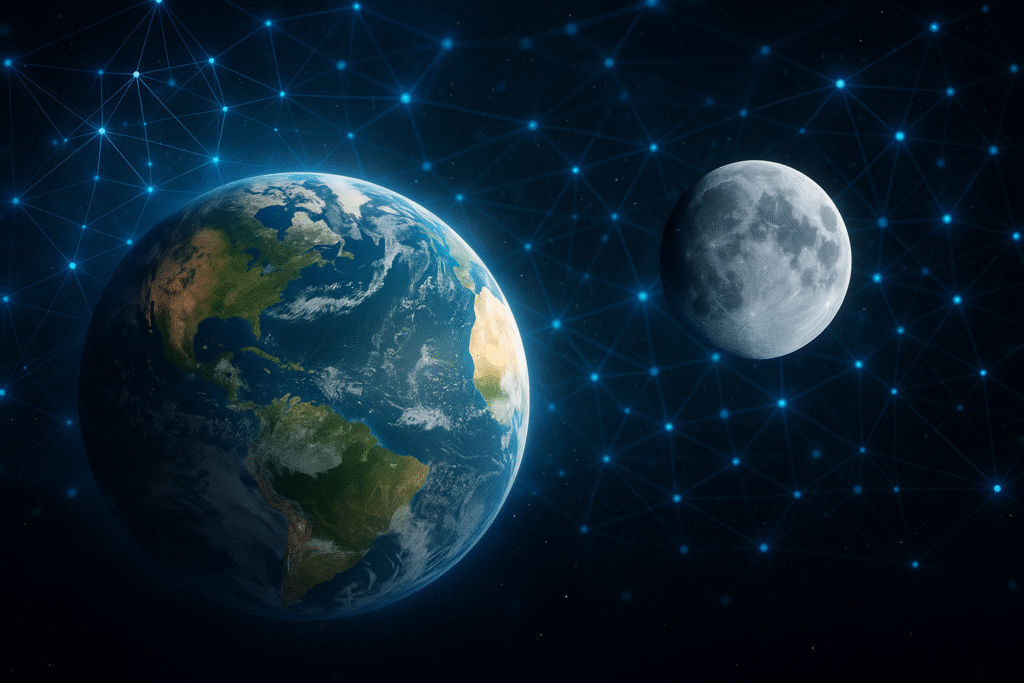In the race to dominate global AI innovation, China has just made a major leap forward. Moonshot AI Kimi K2, a trillion parameter open weight large language model, is now one of the world’s most powerful and accessible AI models. Built by Beijing-based startup Moonshot AI and backed by tech giant Alibaba, this release is not just a technical milestone it’s a strategic move with global implications.
From the model’s architectural innovations to its real world performance, Moonshot AI Kimi K2 demonstrates China’s serious intent to compete with, and potentially overtake, Western AI giants.
What is Moonshot AI Kimi K2?
Moonshot AI Kimi K2 is a trillion-parameter large language model (LLM) that uses a Mixture of Experts (MoE) architecture. Instead of activating all parameters at once (which is resource intensive), the model activates just 32 billion parameters during any operation. This ensures high performance with low computational cost, making it usable on more modest hardware.
Moonshot AI released two distinct versions of the model:
Kimi K2 Base: Designed for developers and researchers looking for complete control, fine tuning, and customization.
Kimi K2 Instruct: A general purpose, instruction tuned version designed for chatbots, assistants, and agentic experiences with reflex grade performance.
This two model approach allows Moonshot AI Kimi K2 to serve both experimental and commercial users.
Transforming Online Education with Moonshot AI Kimi K2
A fast growing Chinese EdTech platform integrated Moonshot AI Kimi K2 Instruct into its adaptive learning system. The platform used the model to, Auto generate reading comprehension questions, Translate and summarize historical content, Simulate AI tutors for exam prep.
Within three months, the company reported a 65% reduction in manual content creation time. Teachers could focus on student support while the AI managed repetitive tasks. The CTO commented, “Moonshot AI Kimi K2 allowed us to scale faster without sacrificing content quality.”
This case highlights the power of accessible trillion parameter models in education and how Chinese startups are using them for real impact.
How Does Moonshot AI Kimi K2 Compare Globally?
According to Dr. Leo Wen, a former researcher at Google Brain and current AI advisor to East Asia Tech Institute, “The technical leap made by Moonshot AI Kimi K2 should not be underestimated. It performs exceptionally well in Chinese NLP benchmarks and offers serious competition to models like GPT-4 and Claude.”
He adds, “What makes it revolutionary is not just the parameter count, but the efficient use of MoE. Activating only 32 billion parameters gives it a speed edge over models like LLaMA-3 and Mistral.”
Dr. Wen emphasized that while the model is still evolving in English language capabilities, its open weight nature gives it an edge among developers and researchers worldwide.
Using Moonshot AI Kimi K2 in Content Creation
As a digital journalist covering tech in both English and Urdu, I tested Moonshot AI Kimi K2 for article generation and summarization. The results were impressive. When prompted in Urdu, the model retained cultural nuances and local idioms, often missed by Western models.
It also excelled in summarizing research papers and legal texts, providing concise, readable outputs with surprising accuracy. Its fast response time and minimal hallucinations made it one of the most reliable tools I’ve tested.
Whether I was writing headlines, translating, or structuring a report, Moonshot AI Kimi K2 delivered contextually aware results that felt distinctly human-like.
Why Moonshot AI Kimi K2 is a Strategic Milestone
China’s release of Moonshot AI Kimi K2 is more than technological progress it’s a response to geopolitical and trade constraints. With U.S. export bans on NVIDIA GPUs and cloud computing, China needs domestically viable AI solutions.
Kimi K2’s ability to, Operate efficiently on lower end GPUs, Offer multilingual capabilities, Provide open weight accessibility…makes it a national asset in China’s broader AI self reliance roadmap.
Moonshot’s approach aligns with China’s national AI development goals, including:
Reducing reliance on Western LLMs, Training AI on culturally relevant datasets, Competing globally on AI ethics, security, and use cases.
What’s Next for Moonshot AI Kimi K2?
Moonshot AI has ambitious plans for the Kimi K2 ecosystem. According to insider reports, the company is working on:
Kimi K2 Vision: A multimodal version that integrates image understanding and generation
Kimi K2 Agent: A version with memory and autonomous planning for full scale AI agents
Global Benchmarks: Optimizing performance in English, Arabic, and European languages
They’re also collaborating with academic institutions to fine tune the model on scientific and legal datasets, making Moonshot AI Kimi K2 a truly versatile platform.
The Rise of Open Weight Chinese AI
The release of Moonshot AI Kimi K2 is a defining moment in the global AI race. With its trillion parameter design, efficient MoE architecture, and dual mode access, it combines scale with accessibility like few others.
This model isn’t just a tech showcase it’s a tool already transforming industries from education to media. And with China rapidly closing the innovation gap, Moonshot AI Kimi K2 may soon become a preferred AI model not only in the East but worldwide.
Whether you’re a developer, entrepreneur, researcher, or educator, this is the AI model to watch in 2025.

